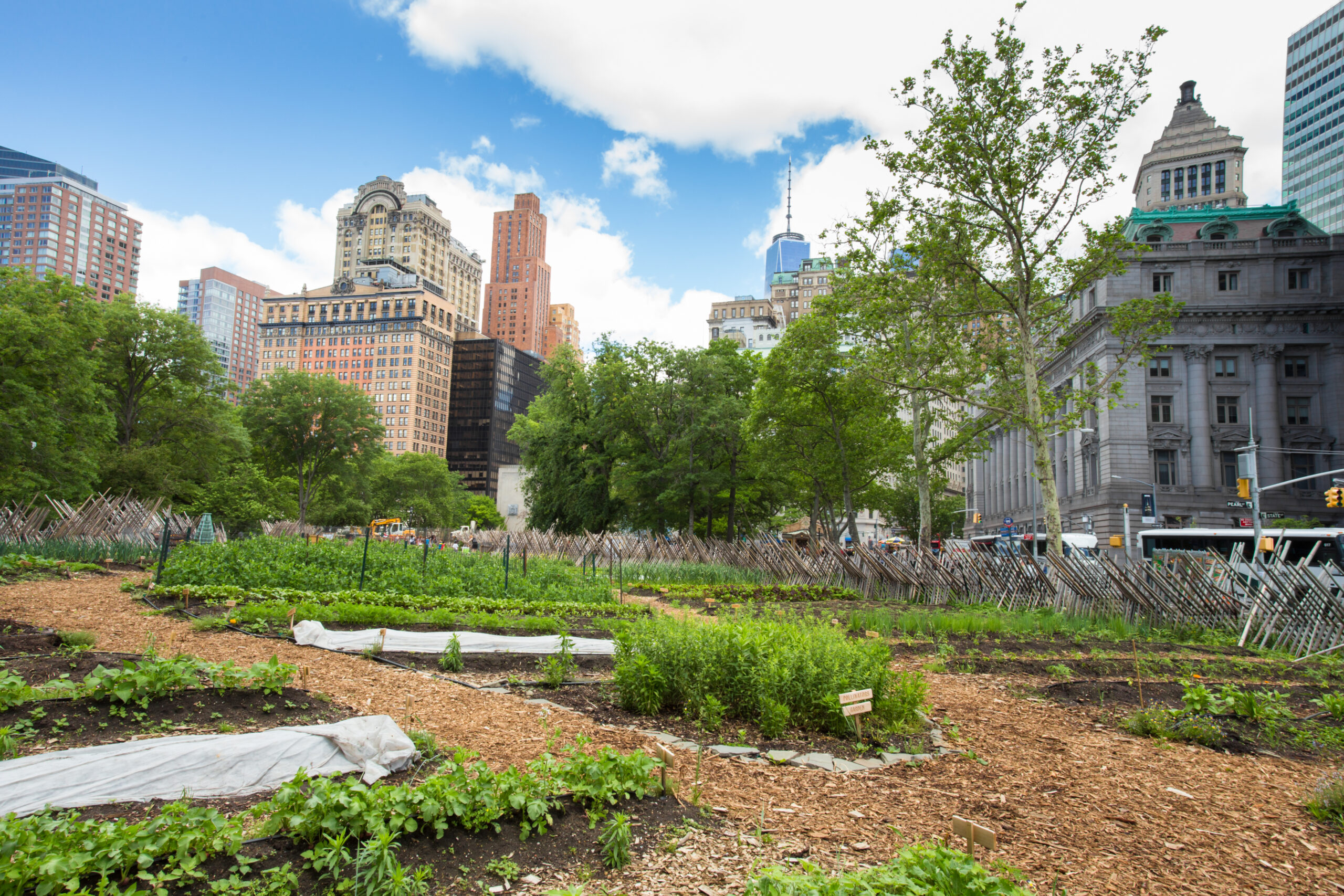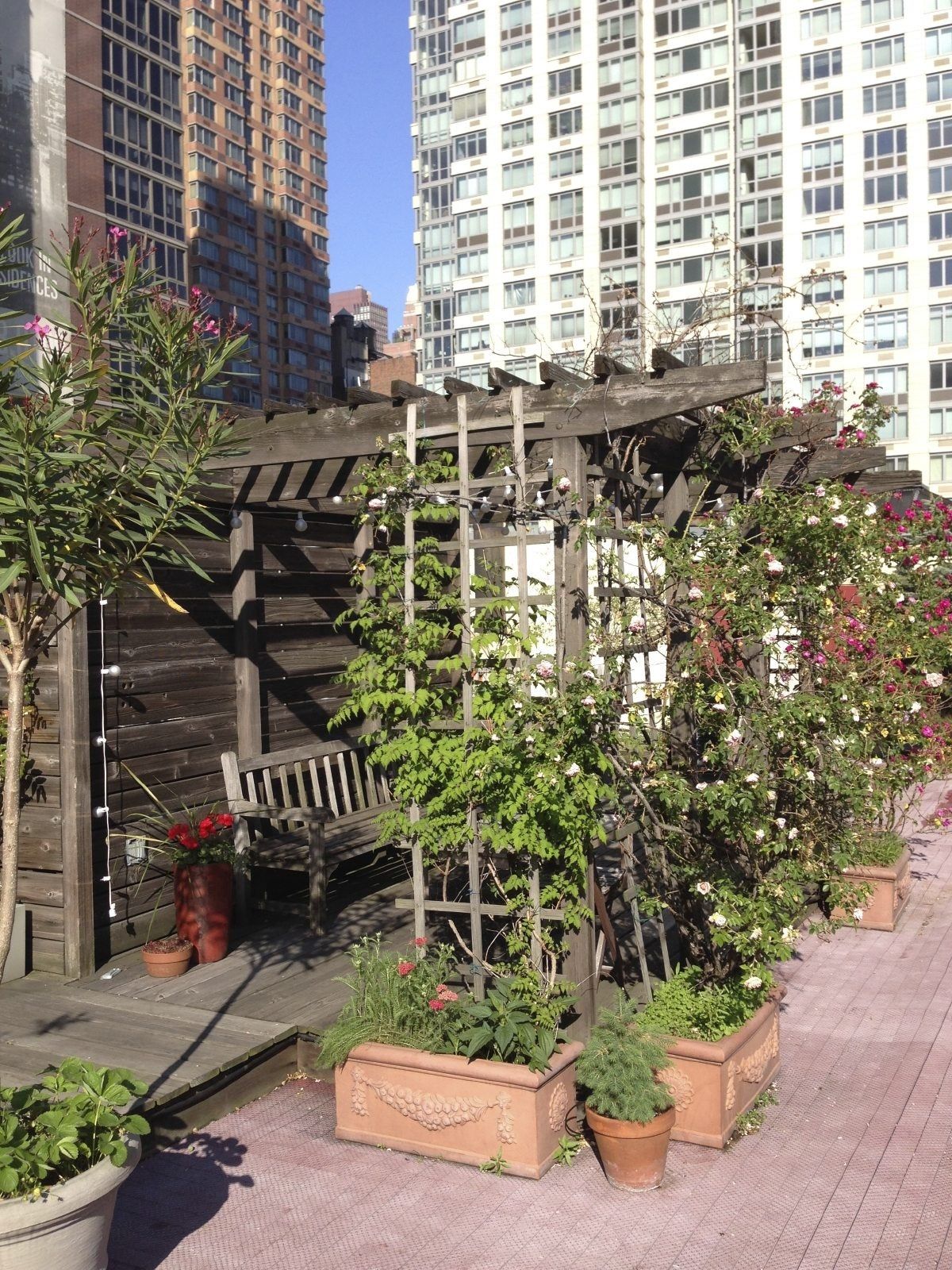City Blooming Fundamentals Explained
City Blooming Fundamentals Explained
Blog Article
Getting The City Blooming To Work
Table of ContentsOur City Blooming DiariesGet This Report on City BloomingThe 4-Minute Rule for City BloomingA Biased View of City BloomingAn Unbiased View of City Blooming
Intrigued in growing food for sale in the City of Chicago? Below is a listing of frequently asked concerns concerning the regulations and policies that farmers should think about when intending an urban agriculture task.
The zoning amendment does not customize any kind of other codes taking care of composting, structure permits, acquiring or leasing City had property, business licenses or ecological contamination. There are existing codes that manage these issues and they stay in complete effect and might apply to your project. Neighborhood yards are typically had or handled by public entities, public companies or community-based organizations and maintained by volunteers.
Urban ranches grow food that is planned to be offered, either on a not-for-profit or for-profit basis. Because of their business objective, city farms require a company license. Yes. A neighborhood garden is allowed to offer surplus generate that was grown on website if the sales are accessory or subservient to the garden's primary purpose explained above.
Some Known Details About City Blooming
The amount of garden compost product can not exceed 25 cubic backyards at any type of given time according to the criteria in 7-28-715 of the City's Municipal Code. Since the soil at the majority of brand-new garden websites needs modifying, compost, dirt, timber chips, or various other materials can be gotten to build or boost the expanding space.

If a building authorization is needed then the hoophouse will be thought about an accessory structure. You can discover even more concerning the building license demands by calling the Department of Structures. The 25,000-square-foot size limit is meant to stop a single neighborhood garden from dominating a provided block or taking away from the block's existing household or industrial personality.
The limit does not use to gardens situated in Public Open Room (POS) areas. Can there be even more than one area yard that is 25,000 square feet on a solitary block? Yes. The size limitation applies to private gardens, not to specific blocks. No. Fencing is not called for, however, yards that have huge parking lot may be called for to install fence or various other landscaping features.
Indicators on City Blooming You Need To Know
B1 & B2 districts call for that all industrial usage activities be conducted indoors. Is fence required for urban ranches? Fencings may be required, along with landscape design and screening, for particular vehicle parking locations and exterior job or storage space locations depending on place and the certain task taking location.
Yes. Urban farms require structure authorizations and zoning approvals read here before building and construction. Various other kinds of city testimonial might be called for depending on certain frameworks, tasks, size, landscaping, licensing, public health and stormwater administration problems. Most of these needs are determined in the job style or allowing procedure, however, the candidate may be accountable to separately recognize certain licenses or allows that might be called for.
Yes. The sort of license is established by what is occurring at the site. The Department of Service Affairs and Consumer Protection can aid determine the details kind of company permit that's called for. Yes. Off street vehicle parking is needed for many industrial projects in Chicago. The needed variety of car park rooms is based on the number of staff members working with site and not the square video footage of the expanding space.
The Only Guide for City Blooming

A city ranch can offer garden compost product created on website, nonetheless, the procedure needs to conform with the guidelines in 7-28-715 of the Chicago Municipal Code. Aquaponic systems are permitted inside your home on metropolitan farms in numerous zoning districts.
Up to five hives or swarms of honey might be maintained as an accessory usage. Nevertheless, beekeepers need to sign up with the Illinois Division of Agriculture. For more details concerning the recommended zoning amendment you may get in touch with the Division of Real Estate and Economic Growth, Bureau of Preparation and Zoning at 312.744.8563.
Farming in cities and metropolitan areas An urban ranch in Chicago. Urban farming refers to various methods of cultivating. https://mcliouw-keings-breuncy.yolasite.com/, processing, and distributing food in urban areas. The term also puts on the area activities of animal husbandry, aquaculture, beekeeping, and horticulture in a metropolitan context. Urban agriculture is identified from peri-urban farming, which happens in rural locations beside residential areas.
The Single Strategy To Use For City Blooming
, that seek to develop social networks established on a shared principles of nature and community holism. These networks can create by way of official institutional support, coming to be incorporated into neighborhood community preparation as a "change town" activity for lasting urban growth.
Some of the very first proof of city farming comes from Mesopotamia.
Report this page